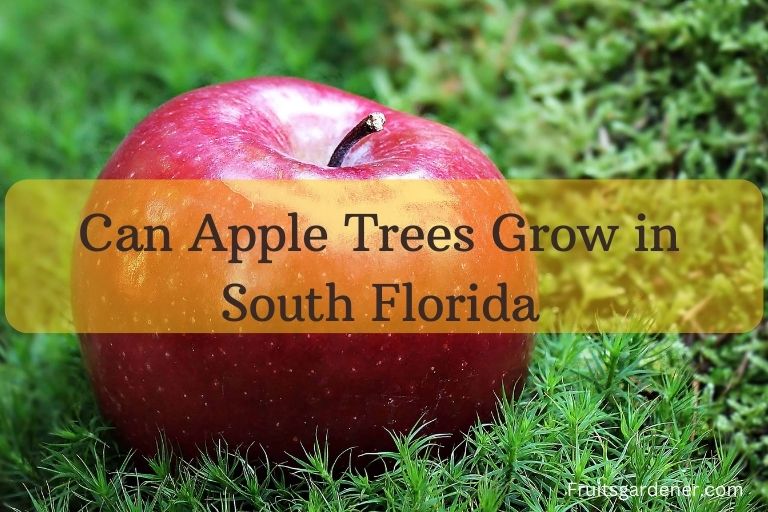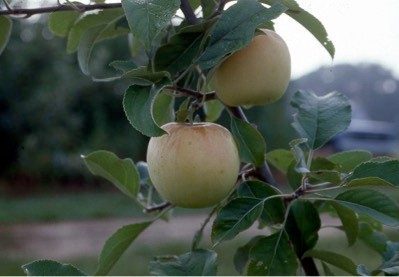This content is for informational purposes only and does not constitute financial, legal, or professional advice. Always consult a certified professional before making financial or investment decisions. As an affiliate, we may earn a commission from qualifying purchases made through links in this post at no extra cost to you.
Some bugs attack Apple trees, and if you don’t treat them well, your apple tree won’t give you good fruits. Worms are one of them. It would be best if you sprayed them with an insecticide. But when to spray apple trees for worms? It is the main question and you have to know it well.
Apple trees should be sprayed for worms when the leaves are first starting to turn green in the spring. If you want to protect your apple trees from worms, you should spray them with an insecticide in the spring.
This will kill any worms that are trying to infest the tree. You should also prune your trees regularly to remove any dead or dying branches, which can provide a place for worms to live. Below I have explained 8 significant steps to keep worms out of your apple tree. Read these steps and work accordingly to get the best result.
When to Spray on Apple Trees for Worms
The timing of sprays for controlling worms, such as codling moths, on apple trees is crucial for effective pest management. The goal is to target the vulnerable stages of the insect’s life cycle. Here’s a more detailed spray schedule for apple trees specifically aimed at controlling worms:
Dormant Season (Late Winter to Early Spring):
- Apply dormant oil spray: This should be done just before new growth begins, typically when temperatures are above freezing but before buds start to swell. Dormant oil helps control overwintering pests, including codling moth eggs.
Pink Bud Stage (Early Spring):
- Monitor the apple trees closely for the pink bud stage, which is when the flower buds are just beginning to open but the petals are still mostly closed.
- Apply a horticultural oil spray: This is a lighter oil spray than the dormant oil and can be applied during the pink bud stage to further control overwintering pests.
Petal Fall (Late Spring):
- After the apple tree has finished blooming and the petals have fallen, it’s time for the critical spray to target the newly hatched codling moth larvae.
- Apply a biological insecticide (Bacillus thuringiensis or Bt): Bt specifically targets caterpillars like codling moth larvae and is safe for beneficial insects and humans.
Monitor and Repeat if Necessary (Summer):
- After the initial spray, monitor the apple trees regularly for signs of codling moth activity or damage.
- If you notice increased moth activity or damage, especially during the second generation of codling moths, you may need to consider applying another round of Bt.
It’s essential to apply the sprays when weather conditions are suitable and avoid spraying during bloom to protect pollinators. Also, consider Integrated Pest Management (IPM) techniques, such as using pheromone traps to monitor pest activity, introducing beneficial insects, and maintaining a healthy orchard environment to reduce the need for chemical sprays.
Keep in mind that the precise timing of sprays may vary based on your location, climate, and the specific apple tree varieties you have. For the most accurate and tailored advice, consult with local horticultural experts or your cooperative extension service, as they are familiar with the specific pest challenges in your area.
Apple Tree Spray Schedule Chart

Fruit Tree Spray Schedule
Creating a fruit tree spray schedule is essential for maintaining healthy and productive trees while managing pests and diseases effectively. The specific schedule can vary depending on your location, climate, and the types of fruit trees you have. However, I can provide you with a general outline that you can adapt to suit your specific needs. Here’s a basic fruit tree spray schedule:
Dormant Season (Late Winter to Early Spring):
Apply dormant oil spray: This helps control overwintering pests and their eggs, such as aphids, mites, and scale insects. Apply it before new growth begins, usually when temperatures are above freezing but before buds start to swell.
Pre-Bloom (Early Spring):
Apply a fungicide spray: To prevent diseases like apple scab, peach leaf curl, or other fungal infections, apply a suitable fungicide just before blossoms open. Follow the product’s instructions and avoid spraying when the trees are in bloom to protect pollinators.
Bloom (Spring):
Do not spray during bloom to avoid harming pollinators and to allow bees and other insects to do their job in pollinating the flowers.
Post-Bloom (Late Spring to Early Summer):
Apply a fruit tree insecticide: This will help control pests like codling moths, apple maggots, or other fruit-eating insects. Choose an insecticide that targets the specific pests affecting your fruit trees, and follow the label instructions.
Fruit Development (Summer):
Monitor for pests and diseases regularly: Check your fruit trees for signs of infestations or infections throughout the growing season. Early detection can prevent problems from escalating.
Harvest (Late Summer to Fall):
Do not spray near or during harvest to avoid any residues on the fruit.
Remember that integrated pest management (IPM) practices involve using the least harmful methods first, such as introducing beneficial insects or using physical barriers. Chemical sprays should be a last resort and used judiciously to minimize environmental impacts.
Always read and follow the instructions on the product labels, and consider consulting with local gardening experts or extension services to tailor the schedule to your specific region and fruit tree types. Additionally, make sure to wear appropriate protective gear when handling any sprays.
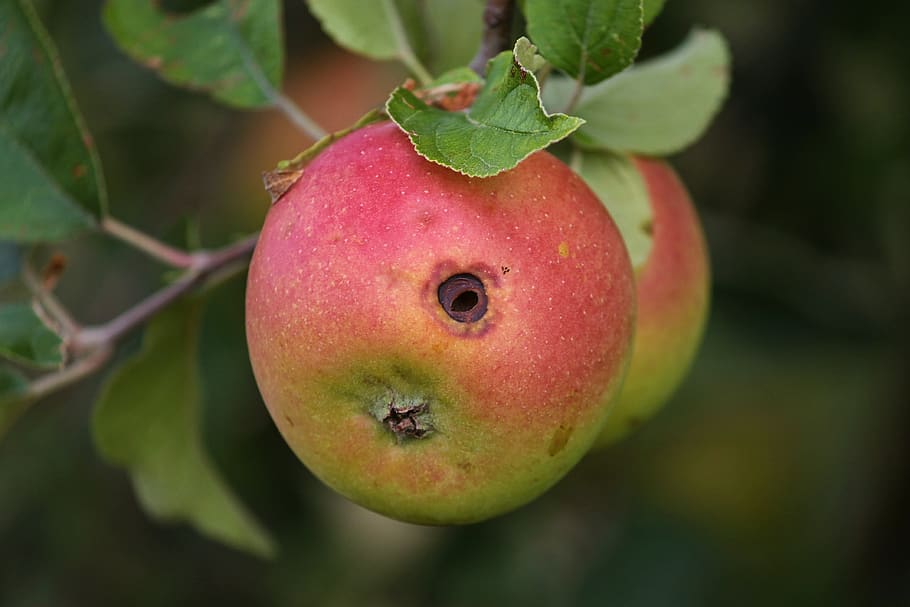
What to Spray on Apple Trees for Worms
To control worms, such as codling moths, on apple trees, you can use certain insecticides that specifically target these pests. One of the most commonly used and effective treatments for codling moths is Bacillus thuringiensis (Bt). Bt is a naturally occurring bacterium that is safe for humans, animals, and beneficial insects but effectively targets caterpillars like codling moth larvae.
When using Bt or any other insecticide, always follow the product label instructions carefully for proper application and safety precautions. Here’s how to apply Bt on apple trees for worm control:
Purchase a Bt product:
Look for a Bt insecticide specifically formulated for controlling caterpillars or codling moths. It is typically available in liquid or dust formulations.
Timing:
The critical timing for spraying Bt on apple trees is shortly after petal fall. This is when the newly hatched codling moth larvae begin to emerge from their eggs and feed on the young fruit.
Application:
Mix the Bt product according to the instructions on the label. Use a garden sprayer to apply it to the apple trees, ensuring thorough coverage of the foliage and developing fruit.
Repeat if necessary:
If you notice increased moth activity or damage during the second generation of codling moths, you may need to consider applying another round of Bt.
It’s essential to follow integrated pest management (IPM) principles, which focus on using the least harmful methods first and only resorting to chemical sprays when necessary. Monitor your apple trees regularly for signs of pest activity and consider other techniques, such as pheromone traps to monitor pest populations, introduce beneficial insects, and maintain a healthy orchard environment.
8 Easy Steps to Spray on Apple Trees for Worms
Spraying apple trees for worms is an essential part of maintaining healthy fruit production. Worms, such as codling moth larvae and apple maggot flies, can cause significant damage to apple trees and their fruit if left unchecked. Here are the steps to spray apple trees effectively for worms:
Step 1: – Identify the appropriate time for spraying:
Timing is crucial when it comes to spraying for worms. Consult a local agricultural extension service or horticulturist to determine the optimal time for spraying in your specific region. Generally, it’s important to target the period when the worms are most vulnerable, typically during the moth or fly egg-laying phase.
Step 2: – Select the right insecticide:
Choose an insecticide specifically formulated for controlling worms in apple trees. Read the label carefully to ensure it is suitable for the particular type of worms you are targeting. It’s also important to follow the instructions regarding application rates and safety precautions.
Step 3: – Prepare the spray solution:
Follow the manufacturer’s instructions to prepare the insecticide solution. This may involve diluting the concentrate with water in the recommended ratio. Wear appropriate protective clothing, such as gloves and a mask, to avoid direct contact with the insecticide.
Step 4: – Calibrate the sprayer:
If you’re using a sprayer, make sure it is properly calibrated to ensure accurate and uniform application. Adjust the nozzle settings and pressure according to the manufacturer’s guidelines.
Step 5: – Thoroughly cover the tree:
Begin spraying from the top of the tree and work your way down, making sure to cover all the foliage, branches, and trunk. Pay extra attention to the areas where the worms are most likely to lay their eggs, such as the fruiting clusters and the underside of leaves. Apply the spray evenly, avoiding excessive dripping or runoff.
Step 6: – Consider weather conditions:
Choose a day when weather conditions are favorable for spraying. Avoid spraying during windy periods or when rain is imminent, as it may reduce the effectiveness of the treatment. Ideal conditions include a calm day with temperatures within the recommended range specified by the insecticide manufacturer.
Step 7: – Repeat as necessary:
Depending on the severity of the worm infestation and the persistence of the particular species in your area, you may need to repeat the spraying process. Follow the recommended intervals between applications provided on the insecticide label. Multiple applications throughout the season may be required to ensure effective control.
Step 8: – Monitor and Maintain Tree Health:
Regularly inspect the apple trees for any signs of worm damage or new infestations. If you notice any issues, take prompt action by spraying again or exploring alternative pest control methods. Additionally, maintain overall tree health through proper pruning, fertilization, and irrigation practices, as healthy trees are more resilient to pest attacks.
It’s important to consult local experts or agricultural extension services for specific recommendations tailored to your region and apple tree variety. Following these steps and implementing integrated pest management strategies can help protect your apple trees from worms and promote fruitful harvests.

Is It Too Late to Spray Apple Trees
The short answer to this question is no, it is not too late to spray apple trees. However, there are a few things to keep in mind when spraying apple trees this time of year. First, apple trees should be sprayed with dormant oil before bud break.
This helps to control overwintering insects and diseases. If you missed this window or your tree has already started to leaf out, you can still spray with horticultural oil, but be sure to follow the manufacturer’s instructions carefully. Next, once the tree has started to bloom, you’ll want to switch to a different type of pesticide known as an insecticide/miticide.
These products will help control pests such as aphids and mites that can damage the developing fruit. As always, be sure to read and follow all label directions when using any pesticides. Finally, remember that spraying apple trees is just one part of a good IPM (Integrated Pest Management) program.
Other important steps include proper cultural care (such as pruning and thinning), choosing disease-resistant varieties, and monitoring your trees regularly for signs of pests or disease. By following these steps, you can help ensure a bountiful harvest of healthy apples come fall.
Natural Way to Prevent Worms in Apples
As the weather starts to cool down, apples are in season and worm infestations become a concern for many growers. Thankfully, there are some natural ways to prevent worms from spoiling your crop.
Companion Planting:
One of the most effective methods is to use companion planting. Garlic, chives, and onions planted around your apple trees will help to keep worms at bay.
Plant Radishes Near The Roots:
Another option is to plant radishes near the roots of your trees as they release a chemical that deters pests. If you notice any worms in your apples, cut them out and throw them away immediately.
Soaking The Apples:
You can also try soaking the apples in salt water for a few hours before washing them thoroughly – this will kill any remaining worms.
With these simple tips, you can enjoy a bountiful apple harvest without having to worry about pesky worms ruining your fruit.

Natural Apple Tree Spray for Worms
If you have apple trees, chances are you’ll need to deal with worms at some point. While there are chemical options for getting rid of them, you may prefer a more natural approach. Luckily, there are several ways to make a homemade apple tree spray that will get rid of the worms without harming your trees.
The most common type of worm in apple trees is the codling moth. These pests lay their eggs on the leaves or fruit of the tree, and when the larvae hatch, they tunnel into the fruit and eat it from the inside out. This can cause serious damage to your apples, and it’s important to get rid of them as soon as possible.
One way to make a natural apple tree spray is to mix together water, dish soap, and garlic cloves. You can also add cayenne pepper or lemon juice for extra potency. Just put everything in a blender and blend until smooth.
Then transfer it to a spray bottle and apply it to your trees according to package directions. Another option is to mix water and neem oil in a 1:1 ratio. Neem oil is derived from the seeds of an Indian plant and has been shown to be effective against codling moths.
You can find it at most garden stores or online retailers that sell gardening supplies. Be sure to follow package directions when applying this mixture to your trees so that you don’t harm them inadvertently.
How to Prevent Worms in Apples
Worms are one of the most common pests that can infest apples. If not controlled, they can cause serious damage to the fruit and reduce the quality of the crop. There are a number of ways to prevent worms in apples, including:
1. Apple Tree Sanitation –

Keep your apple trees and surrounding area clean and free of debris using a rake. This will help reduce the chances of worms infesting your trees.
2. Prune Regularly –
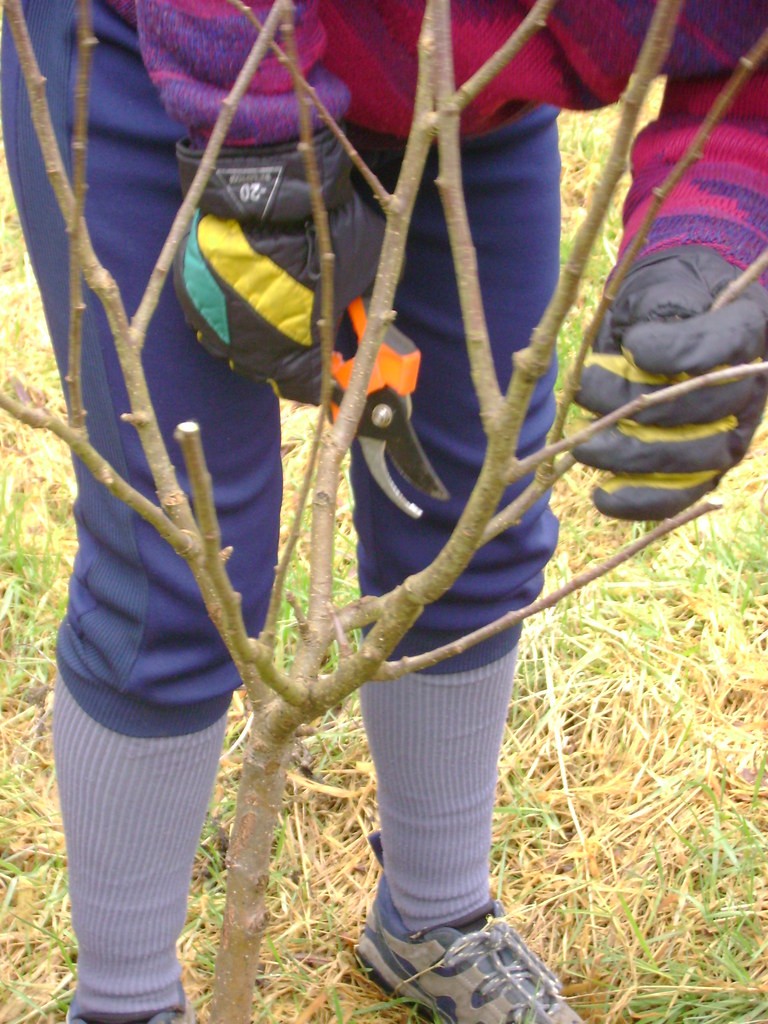
Pruning helps remove potential sites for worm infestation (such as dead branches). It also helps improve air circulation around the tree, which can deter pests. Use good pruning shears to do this job.
3. Use Traps –
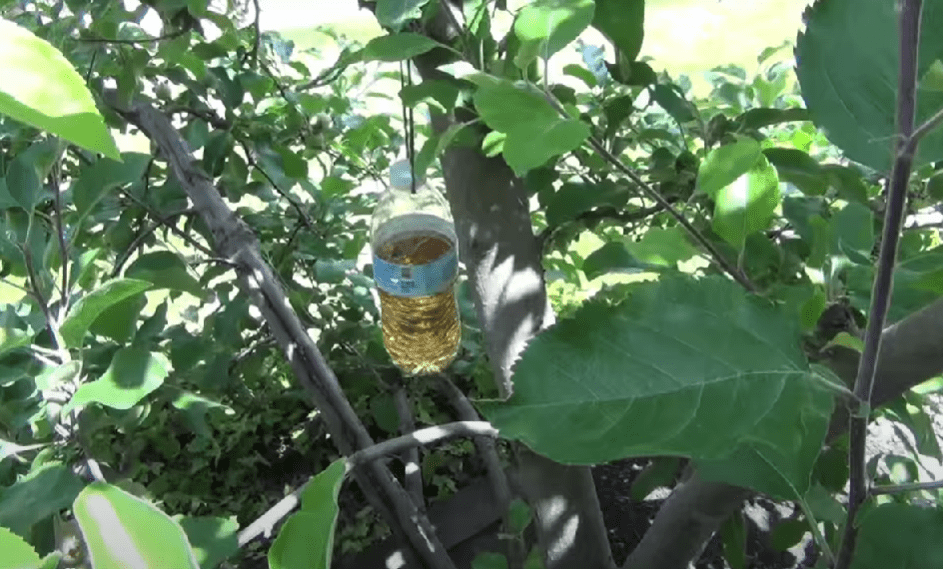
Traps baited with pheromones can be used to lure male moths away from female moths, preventing them from reproducing.
4. Apply Insecticide –

If other methods have failed, you may need to resort to using an insecticide specifically designed to kill worms on contact. Be sure to follow all label directions carefully when using any pesticide products.

